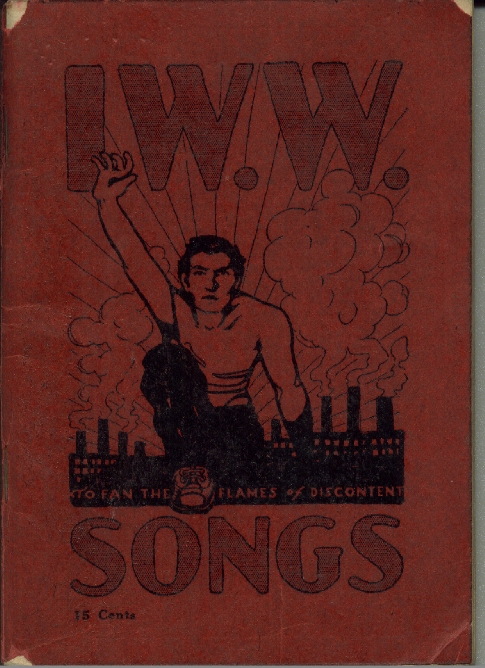
In the early 1900s, the Industrial Workers of the World won a reputation for militant organizing and creative tactics in advocating for the rights of workers. Supporters of “One Big Union” for all workers, they were at the center of some of most gripping events in Washington state labor history. Among these was the so-called Centralia Massacre, an outburst of violence involving veterans of the American Legion and IWW members (aka “the Wobblies”).
The November 1919 incident happened when legionnaires attempted to storm an IWW union hall after a parade celebrating the first anniversary of Armistice Day and the end of World War I. Four legionnaires died of gunshot wounds, and one of the Wobblies, Wesley Everest, was later tortured and lynched. And the ACLU, which supported free speech and fair play for unionists since its founding in 1920, played a role in the tragic event’s aftermath.
The story of one of the Wobblies, Eugene Barnett, has recently been told in a fascinating biography, Ripples of a Lie. It was written by his daughter, Esther Barnett Goffinet, who worked to set the record straight about the Centralia case in the face of some earlier accounts she considered unfair distortions.
Originally from North Carolina, Barnett settled in Lewis County in 1918, began work as a coal miner at a mine town outside of Chehalis, and served as secretary for his United Mine Workers local. Barnett had only joined the IWW in April 1919. On the day of the incident, November 11, 1919, he had gone into Chehalis only coincidentally, to notarize some legal papers. While he witnessed some of the clash between the Wobblies and the legionnaires, he had no role in the violence.
Because he was an IWW member, however, Barnett was arrested and prosecuted along with the Wobblies who had been in the union hall. The book tells the story of the incarceration of Barnett and the other Wobblies, and the fight to exonerate them by the ACLU and others.
Though the Wobblies claimed they were shooting in self-defense, 10 Wobblies and their attorney were prosecuted, but no legionnaires were charged. While most of the Wobblies (including Barnett) had not even fired a gun, they were tried as a group. At one point, Washington’s governor stationed 100 soldiers around the courthouse (ostensibly to guard the proceedings from IWW interference, but defendants noted that this had a highly prejudicial influence upon witnesses and jurors). In what many people considered a miscarriage of justice, eight Wobblies were convicted sentenced to 25-40 years in prison.
The case in our country’s northwest corner drew the attention of social justice advocates from far away. ACLU founder Roger Baldwin took a great interest in the cause, attending part of the trial, donating funds to the Wobblies’ legal defense fund, visiting the men in prison, and joining Elmer Smith on speaking engagements on behalf of the prisoners. When Elmer Smith was disbarred for his action in talking about the trial, Baldwin tried to get other attorneys in Washington state to send letters of support – which they were too afraid to do. Legendary defense attorney George Vanderveer (dubbed “Counsel for the Damned” in his biography) represented Smith at the disbarment trial with the assistance of Baldwin and the ACLU via telegrams and letters.
In 1920 Baldwin visited Seattle and formed a civil liberties committee that became the precursor to the Washington ACLU affiliate. ACLU annual reports regularly listed the “Centralia men” amongst its lists of “political prisoners,” along with other notable cases such as that of the Scottsboro Boys. The ACLU never gave up their efforts to get all the men released from prison, an effort which lasted nearly two decades. ACLU attorneys were ultimately instrumental in securing the release of the last Centralia defendant, Ray Becker, in 1939.
A statue celebrating the legionnaires was erected in a Centralia park in 1924, but it was not until 1997 that a mural commemorating the role of the Wobblies was dedicated. You can see it here.




